 |
| Reviews and Templates for Expression We |
Chasing ghosts
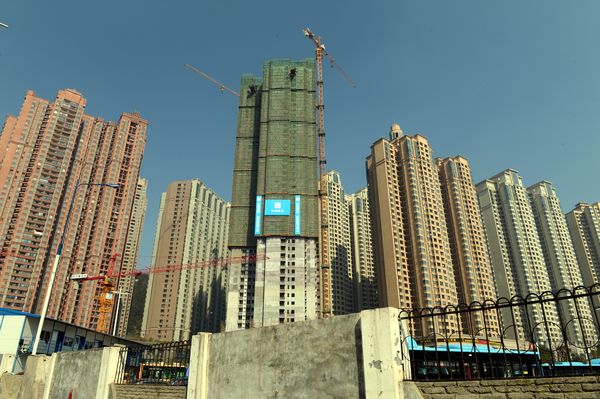
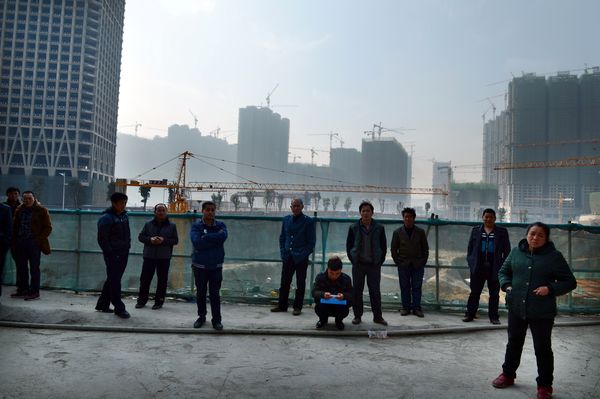
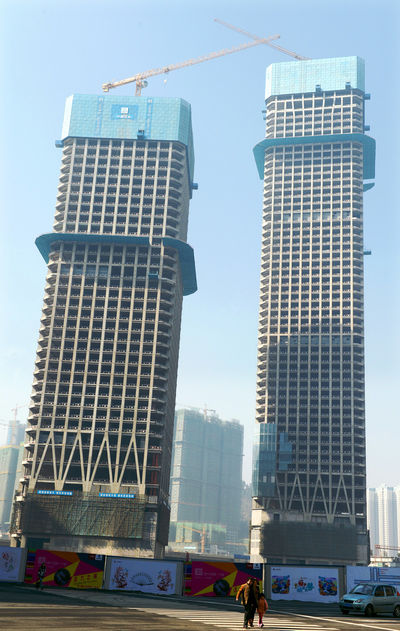
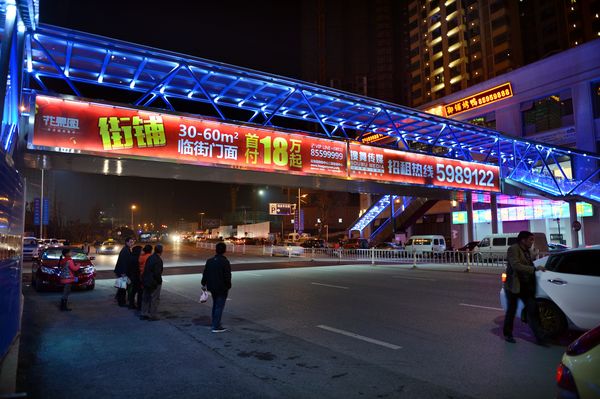
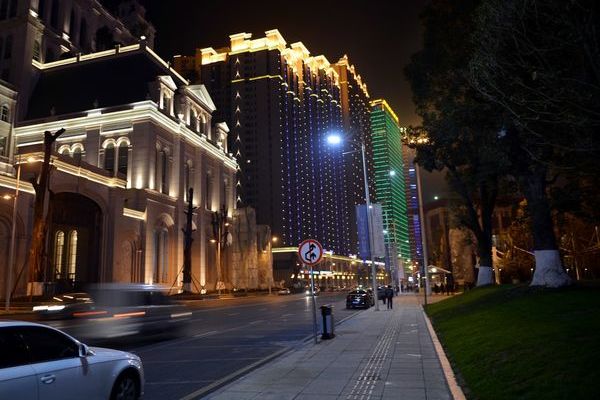
A pair of skyscrapers bearing an uncanny resemblance to the ill-fated World Trade Centre in New York stand – half-completed – in downtown Guiyang, the capital city of China’s Guizhou province.
The towers, set to be 406 metres tall upon completion, are part of a mega-housing project which features a luxury shopping mall, an amusement park and even a wetlands reserve.
It’s a grand effort by a government-backed developer to attract around 500,000 residents – equivalent to 11 per cent of the city's total population of 4.5 million.
There is just one problem: experts fear that this 90 billion yuan (HK$113 billion) housing project will turn into yet another ghost town.
Stunning – but empty – housing complexes are hardly unusual in the southwestern province, which at 176,000 square kilometres is roughly the size of US states Missouri or Oklahoma.
As of last year, 16 mega-projects, each with more than 1 million square metres of total saleable area, had been built or were under construction in the provincial capital alone. Together, they provide enough housing for more than one fourth of the city's existing population.
The unprecedented proliferation of massive construction projects in provincial capitals like Guiyang, Wuhan, Nanjing and Hefei has triggered intense debate among academics, property moguls and policymakers about whether these cities are producing more and more ghost towns.
Unlike ghost towns in the West which are laid waste by wars, natural disasters, disease or failed economies, the ones in China are created out of haphazard and rushed projects by local governments attempting to boost GDP growth and reach urbanisation targets.

Housing revenue is a key pillar of China’s economy. The latest data from the national statistics bureau show that nearly 12 per cent of China’s GDP in 2014 came from new home sales, a similar level as the previous year.
This is higher than mature markets like the US, which maintains a ratio of 10 per cent, according to brokerage CLSA’s property research. Even Hong Kong, where property is a key wealth investment, housing contributed 8 to 9 per cent to the economy at its peak between 1997 and 1998, right before the property bubble burst.
But as much as local governments want to profit from vast land, there are many failed “new towns” in China’s third-tier cities, a classification that includes 74 small-and-medium sized cities with relatively robust economies, as there often aren't enough jobs or opportunities to attract a sustainable inflow of migrants.
While Guiyang, with better welfare and infrastructure than the rest of the province, which is China's poorest by per capita GDP, could attract migrants, it will not be a high enough influx in the short-term.
Cities like Sanya, Changzhou, Ganzhou and Wenzhou are also filled with vacant buildings or unfinished housing projects. At night, these buildings plunge into an eerie darkness save for a few lights – a sign that few people live there.
Sanya may be a popular coastal hotspot, but the tourists constitute a largely transient population. Other less developed cities fail to attract people because they are too remote, cold or do not offer enough economic opportunities.
Nevertheless, a study of 12 provinces showed that 133 out of 144 prefecture-level cities and 67 out of 161 county-level cities in China were planning on the “new town” constructions over the next few years, media reported in 2013.
“Overall, you need to be careful about the search for ghosts. People are too eager to find ghosts and are likely to label any place a ghost city”
Overzealous urbanisation has raised speculation that the list of ghost towns will continue to grow, as the central government reins in speculative buying and property prices.
CLSA last year published an in-depth analysis on China’s ghost towns and projected that small Chinese cities would get even emptier in five years.
The CLSA report was based on an on-the-ground study of 609 construction projects in 12 Chinese cities.
It found that the average vacancy rate in China for property completed between 2009 and 2014 was 15 per cent – equivalent to 10.2 million empty units – which on the surface is nothing to worry about considering the US vacancy rate stands at 10 per cent.
“The bigger concern is the 17 per cent vacancy rate in remote, low-value properties,” the report said.
No official Chinese government data has been released on vacancy rates in cities, and experts and scholars have yet to reach consensus on the best scientific formula to calculate this.
The South China Morning Post has compiled a ghost town map based on an experimental model proposed by Chinese economic researcher Chen Qin, who considers two indicators: future supply and demand ratio; and measuring oversupply or undersupply against existing homes in one city.
Though it has limitations, this could help shed some light on potential ghost towns, or where housing supply will substantially outstrip demand by 2020.
From the map, the "ghost towns" are clustered in northeast China, where local economies rely heavily on natural resources, heavy industries and farming, and are not diversified enough to offer a variety of jobs.
Ordos, the most well-known of China’s ghost towns, ranked first based on Chen’s second indicator – a result confirmed by the CLSA report, which predicted that the vacancy rate in Kangbashi (the new town in Ordos) would continue to deteriorate in the next five years.
In eastern China, ghost towns proliferated in the coastal area of Shandong province, where resorts mushroomed along the seaside as local governments look to boost tourism.
Some researchers, however, are cautious about labelling cities as ghost towns. The CRIC, a think tank that researches China’s property market, said in its 2013 ghost town report that it was unfair and irresponsible to label a city as such if one only looks at the short-term oversupply of housing.
In particular, the think tank dismissed gloomy predictions about Guiyang. It argued that the city would attract immigration from all over the province given that provincial capitals are usually given priority in terms of funding for social welfare, basic infrastructure and economic development.
Zhu Xiaodi, a former fellow at Harvard University’s Joint-Centre for Housing Studies, agrees with this assessment.
“It is not accurate to call a city ghost city just based on future oversupply. Multiple ownership [one household owning multiple properties] has already caused empty houses in all cities. How much do these empty homes affects the city life? One has to observe and then conclude,” he said.
“Overall, you need to be careful about the search for ghosts. People are too eager to find ghosts and are likely to label any place a ghost city,” he said.
Chen Qin’s Model
Chen Qin uses two indicators in his model for predicting potential ghost towns in the near future. The first is the future supply/demand ratio, which could be exaggerated if the demand is extremely low.
This map is based on his second indicator, in which he measures the future oversupply (in some cases, undersupply) against the existing homes in one city. His calculation on the number of existing homes only covers occupied ones, as nationwide data on vacant homes is not available.
This indicator, Chen says, is used “to calculate how many existing homes [in a city or town] need to be demolished in order to balance supply and demand in [five years’ time]."
“I can only measure the increase on vacant homes, not the total number [of vacant homes]. By saying half of the existing homes need to be demolished to prevent vacancy [in a city], what I actually mean is to prevent vacancy from rising,” he told the South China Morning Post in an interview.
Zhu Xiaodi says the omission of second-home ownership from Chen’s index was problematic.
“Data is hard to get for unoccupied owned houses, but that is going to become a big issue affecting home price when an owner has to pay tax to own [a home],” says Zhu. “When they do not want to own and sell, the price will go down… That certainly will affect absorbing oversupply.”
Chen acknowledges the flaw in his model, but says second-home ownership is hard to calculate based on available data.
|
|
|
|
Copyright 2011 Energy and Technical Services Ltd. All Rights Reserved. Energyts.com |
